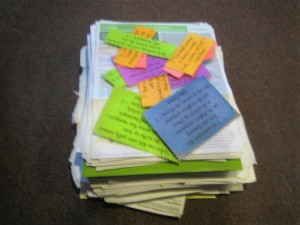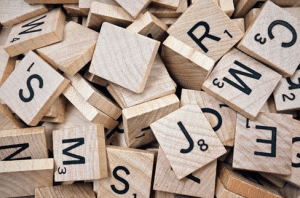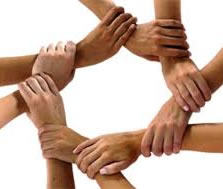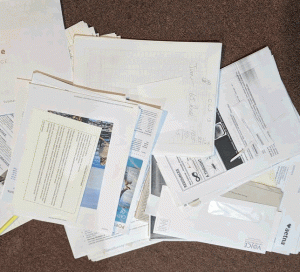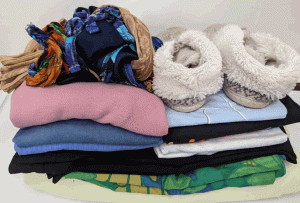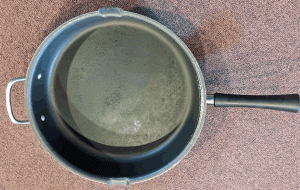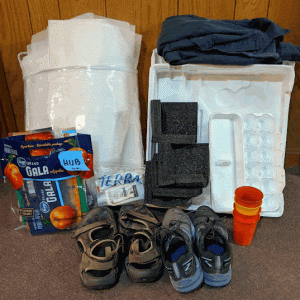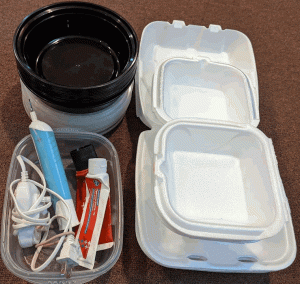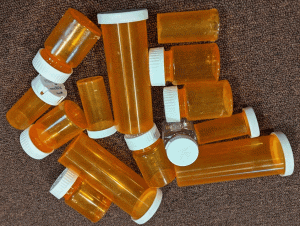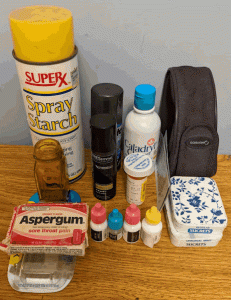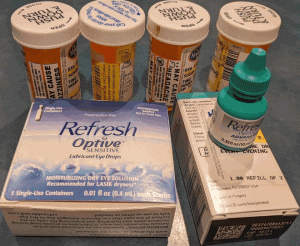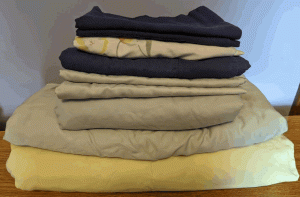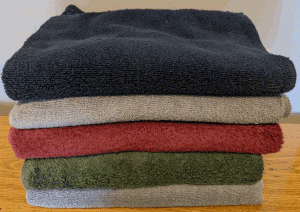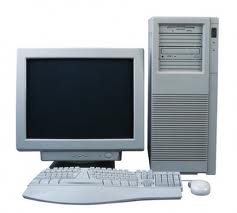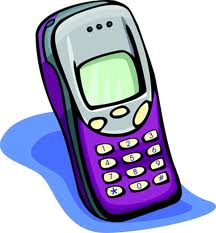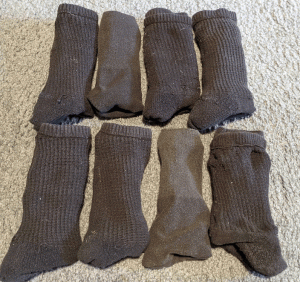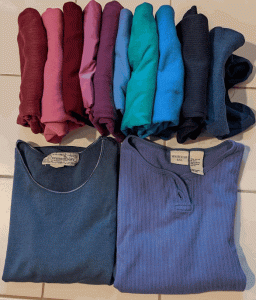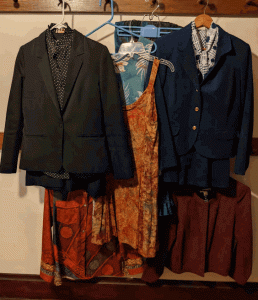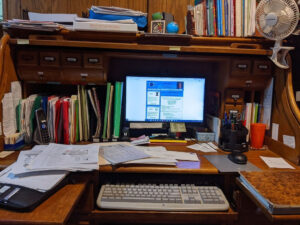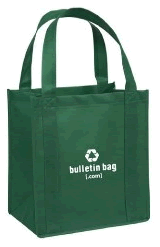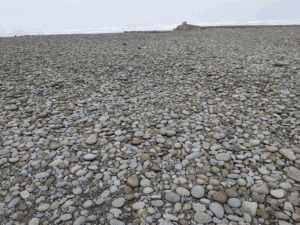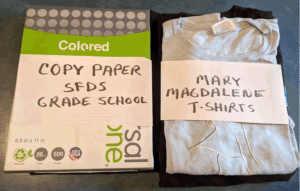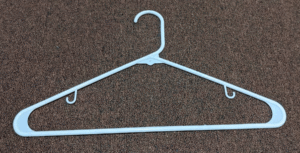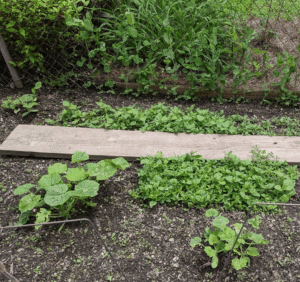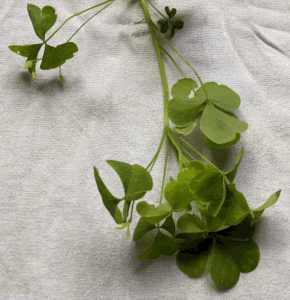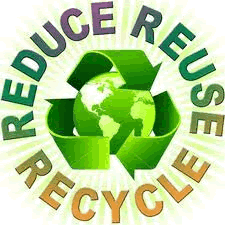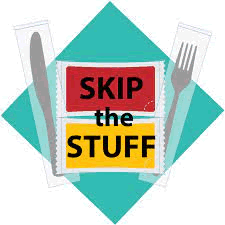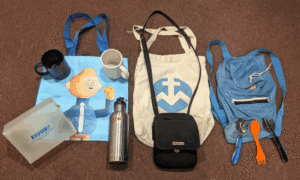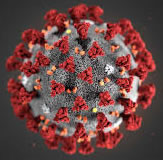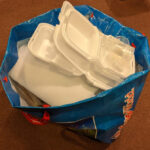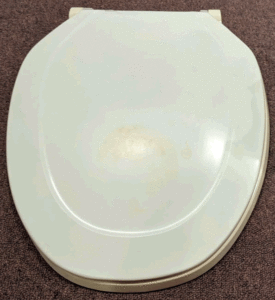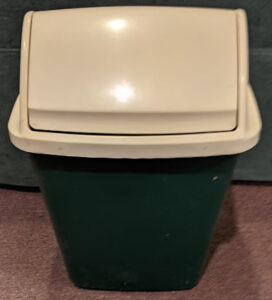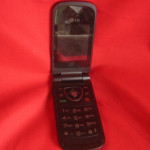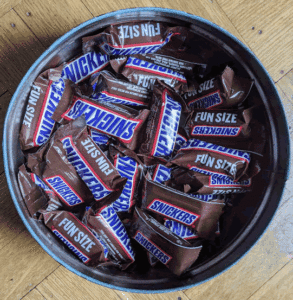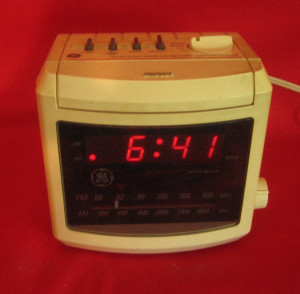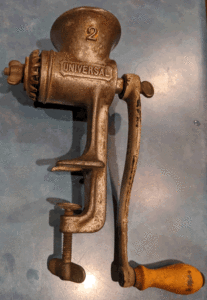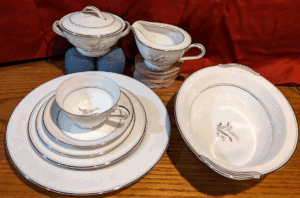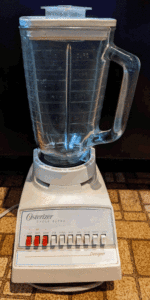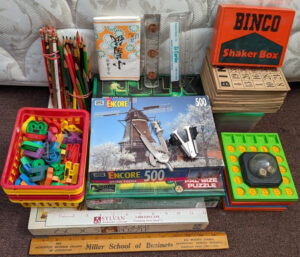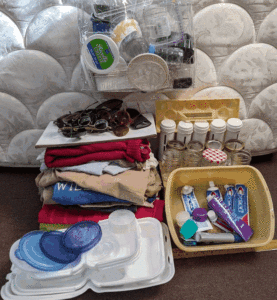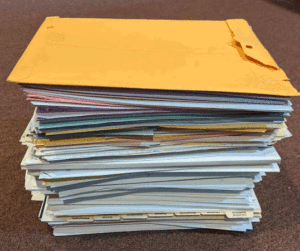 As we approach Palm Sunday and Holy Week, I am aware of how unusual this Lent has been for me. Perhaps for you too. My usual basic Lenten practice is to give up sweets. This is not a significant sacrifice, but rather I consider it a daily background reminder of this season of transformation. When I am tempted to reach for my usual lunch desert candy bar or dinner Klondike ice cream bar, I am reminded of the bigger sacrificial changes I am trying to make in my life – like living more simply, devoting mega time to social justice causes, really changing my lifestyle; or even this year’s plan to clear my desk area of paper clutter. But this Lent has been different.
As we approach Palm Sunday and Holy Week, I am aware of how unusual this Lent has been for me. Perhaps for you too. My usual basic Lenten practice is to give up sweets. This is not a significant sacrifice, but rather I consider it a daily background reminder of this season of transformation. When I am tempted to reach for my usual lunch desert candy bar or dinner Klondike ice cream bar, I am reminded of the bigger sacrificial changes I am trying to make in my life – like living more simply, devoting mega time to social justice causes, really changing my lifestyle; or even this year’s plan to clear my desk area of paper clutter. But this Lent has been different.
Instead of a mammoth give-away effort or major lifestyle changes, I spent about half of Lent half a world away in Singapore for our son’s wedding. This hardly feels like a sacrifice. But…we work with what life (God) gives us. This year Covid travel requirements, a different culture, and lack of a daily routine jerked me out of my typical Lenten sacrificial mode to muse about life in general.
 Maybe it’s the constant disturbing news about the invasion of Ukraine,
Maybe it’s the constant disturbing news about the invasion of Ukraine,- Maybe it’s a growing awareness of the precarious future of planet Earth as we know it,
- Maybe it’s reflecting on how our children’s lives may be altered by the above,
- OR, maybe it’s just getting older.
I don’t know. Regardless, I’ve been thinking a lot about ultimate things, like
- How big is the universe and can human-like life exist on other planets (like TOI-674 b)
- How/when did creation of the universe start?
- What is the essence of what I call “God” who I think of as the creator of the universe?
- Is there really a God and life after death? I choose to believe these concepts. It brings me comfort to envision a place of being after death, but… I have no certainty. Death may be nothing more than my body returning to the earth and being the source of new plant life.
- Would I live any differently if there is no God, no afterlife? Probably not. But my life feels more meaningful by connecting with a spiritual, God-like being.
- Are the above musings what Lent is supposed to be for me this year? OR should I just organize those loose papers?
- Am I the only one thinking about these things?
So… how would you answer the above questions?

